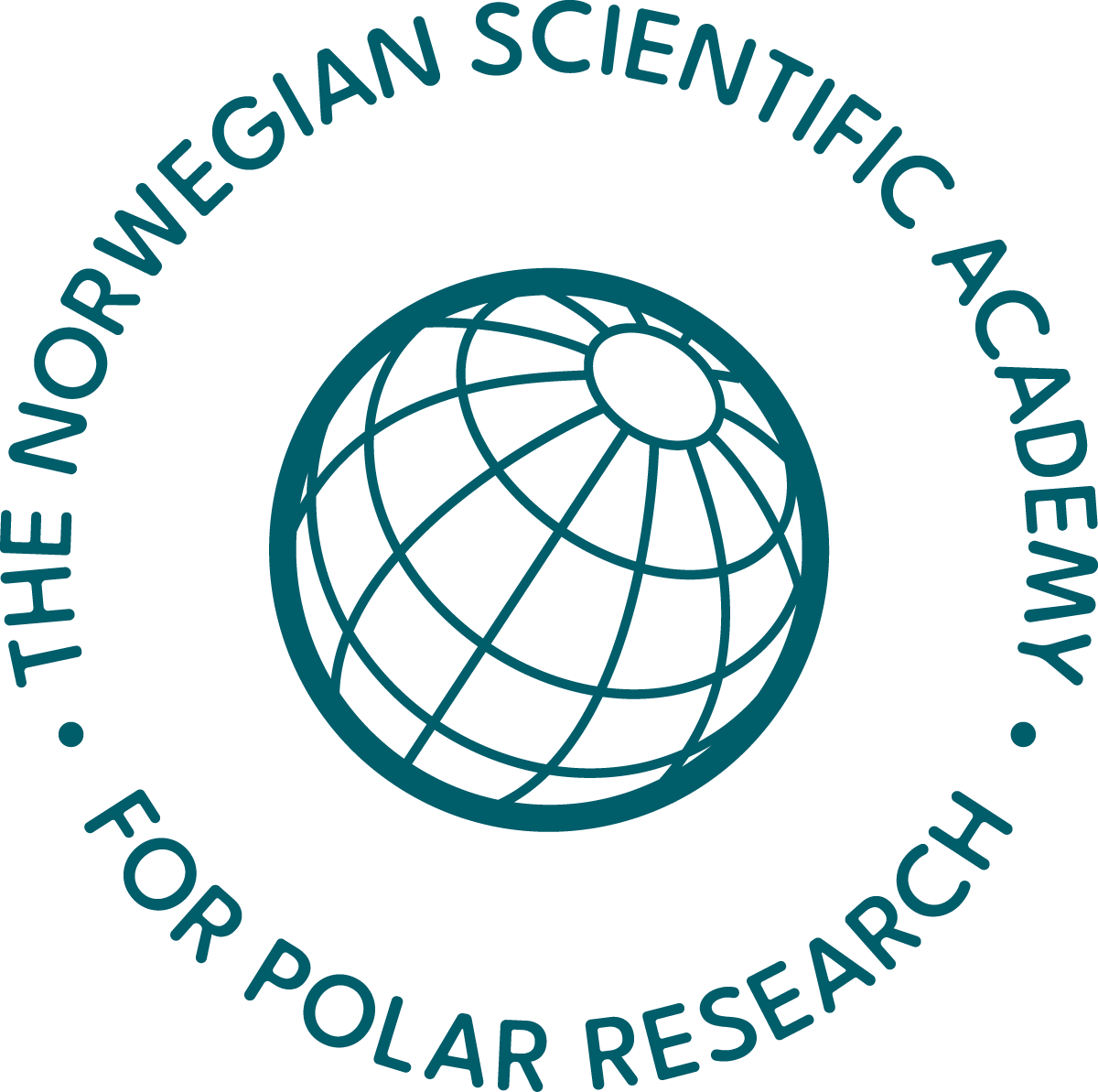It has been a successful Summer School 2017
The Arctic Ocean and the marginal ice zone (MIZ) – Interdisciplinary research, management practices, and policy developments. an interdisciplinary PhD and Post-Doc summer school in Longyearbyen, Svalbard 31st July – 6th August 2017
Brief summary
The consequences of climate change are particularly evident in the Arctic. In recent years, we have witnessed significant changes and reductions in Arctic sea ice distribution and volume. Seized as an opportunity, plans are being made for expansion of economic activities such as shipping, tourism, fisheries, petroleum extraction, and deep-sea mining. Changes in sea ice cover and distribution will have consequences for national and international management regimes.
This new situation represents challenges for scientists, managers and policy makers, and for the private sector. More and better communication between different stakeholders is required, and the best way forward needs to be further developed for sound management and sustainable use of the Arctic oceans’ vast renewable and non-renewable resources.
This international summer school in Longyearbyen, Svalbard 2017 had a multi- and cross-disciplinary thematic approach to meet challenges and opportunities related to governance of the Arctic Ocean’s focusing on the marginal ice zone (MIZ).
All the week of activities included a 55 hours course – lectures, student group work and interactive sessions in preparations of a peer review an interdisciplinary scientific article
The 23 lecture presentations were given by 13 lecturers during seven thematic sessions related to the Artic Ocean and the Marginal Ice Zone (MIZ) covered:
• Framing the course and study methodology
• Individual students presentations (10´ in each)
• Introduction to the MIZ
• Environmental and climate monitoring and forecasting
• Management and policy challenges in an international policy context
• Management and policy challenges: Local, national and international management contexts
• Student reporting, presentation, assessment and conclusions.
The 23 participating students were divided in four working groups initially addressing the Values; Vulnerability; Exploitation; and Management and regulations of the MIZ. The groups were merged and combined in order to foster cross- and inter-disciplinary interactions. The students completed a joint report founding the basis for their further preparations of a peer review an interdisciplinary scientific article to be completed jointly after the summer school in consultation with the summer school coordinators.
Some of the aditional activities in the program included:
A visit to Svalsat with a presentation at the Antenna SG24:
Svalbard Satellite Station (SvalSat) was established in 1996 and is today the world’s largest commercial ground station with more than 31 state-of-the-art multi-mission and customer dedicated antenna systems in C-, L-, S-, X-, and ka-band.
SvalSat, located at 78°N (1200 km south of the North Pole) on Spitsbergen, is recognized as the most optimally located ground station in the world for satellite control. The extreme northern location on the Svalbard archipelago, gives SvalSat its unique and favourable position. The satellite coverage at this latitude
holds unique opportunities and SvalSat is the only commercial ground station in the world able to provide all-orbit-support (14 of 14 orbits) to owners and operators of polar orbiting satellites.
On Friday evening the students were invited to participate at the traditional Friday’s gathering for UNIS students and staff.
On Saturday they went on a hike around Longyearbyen (Sarkofagen and Lindholmhøgda) which finished at the Academy’s home at Kuhaugen, next to Isdammen where all the students and lecturers enjoyed an outdoor BBQ with view to Adventdalen.
Hosted by the Norwegian Scientific Academy for Polar Research (NVP), in cooperation with the University Centre in Svalbard (UNIS), UiT – the Arctic University of Norway, the Nord University, the Norwegian Polar Institute (NPI), Akvaplan-niva, the Nansen Environmental and Remote Sensing Center (NERSC), The Nansen Scientific Society and the Russian Geographical Society (RGS).
Summer school coordinators:
Professor Willy Østreng; the Norwegian Scientific Academy for Polar research (NVP)
Lasse H. Pettersson; Director for International Cooperation and Marketing, the Nansen Environmental and Remote Sensing Center (NERSC)
Jorge Kristiansen; Office Manager, the Norwegian Scientific Academy for Polar research (NVP)


